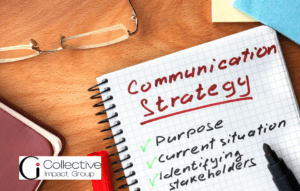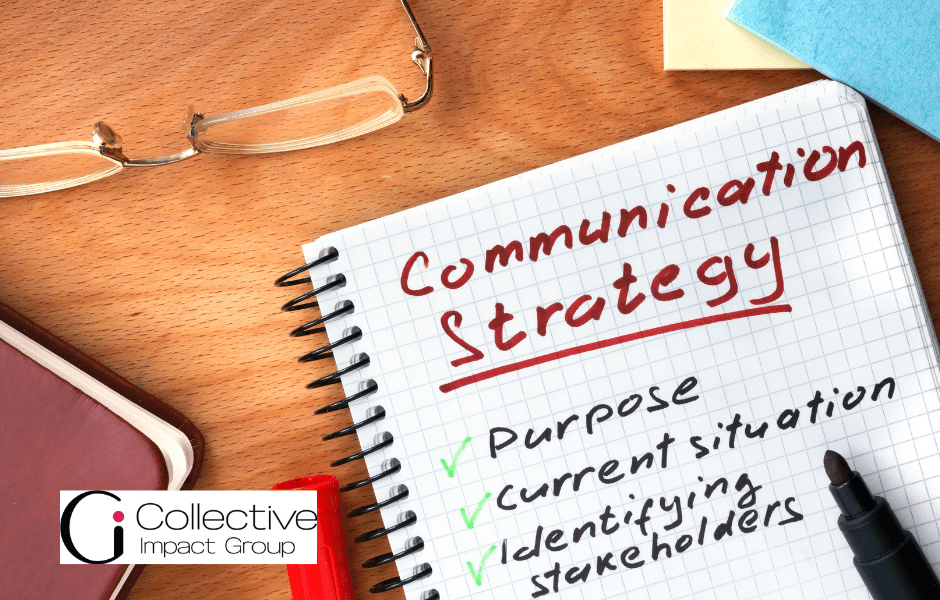By Amanda Larson
CIG Director of Communications and Branding
If you lead a non-profit organization, you likely know the feeling of dread when it comes to clicking “send” on yet another email funding campaign. That nagging discomfort as your cursor hovers over the button, knowing you’re about to flood inboxes with another plea for support, is something no one looks forward to. After all, we’ve all been on the receiving end, opening our own inboxes to find donation appeals, each one vying for attention and financial backing.
 It’s a necessary evil in the world of nonprofit work, but one that often leaves us feeling conflicted and apologetic. It doesn’t have to be that way, though.
It’s a necessary evil in the world of nonprofit work, but one that often leaves us feeling conflicted and apologetic. It doesn’t have to be that way, though.
There are five major mistakes most non-profits make when communicating with supporters. If your donations and responses are stagnating, one or more of these may be why:
- Lack of a Clear Communication Strategy
Many non-profits fail to develop a comprehensive communication strategy that aligns with their organizational objectives. Without a well-defined plan, efforts can become disjointed and ineffective, leading to wasted resources and missed opportunities.
- Inconsistent Branding
Non-profits often struggle with maintaining a consistent brand voice and visual identity across different platforms and communication channels. This inconsistency can confuse supporters and weaken the organization’s overall impact.
- Overemphasis on Asking for Help
Some organizations focus too heavily on soliciting donations without adequately celebrating their achievements or demonstrating their impact. This approach can lead to donor fatigue and diminish long-term support.
- Failure to Communicate Through Diverse Channels
Many non-profits neglect to implement a multichannel communication strategy, missing opportunities to reach supporters through various mediums such as social media, email, direct mail, and phone. This oversight can limit their reach and engagement with potential donors.
- Overusing Jargon and Organization-Centered Messaging
Non-profits sometimes fall into the trap of using too much internal jargon or focusing solely on their organization rather than the impact they create. This can alienate potential supporters who may not understand the terminology or connect with the cause on a personal level.
Creating a Solid Communication Strategy
So how do non-profits create and continue to build relationships with potential donors and advocates for what they do?
For starters, change your perspective about communicating with supporters and potential donors. It’s not all about getting money. There’s so much more to it. People want to know more than the administrative aspects. They want to know who they’re impacting, why it’s important, why you care (in other words, who are you and what makes you tick?), and they need to build trust by having a relationship with you.
A solid communication plan should:
Foster connections: It’s not just about sharing facts and figures. It’s about telling compelling stories that bring your organization and your audience closer together.
Combat donor fatigue: By having a strong strategy in place, you can keep your supporters engaged and prevent them from burning out.
Maximize limited resources: If you run a nonprofit, we don’t have to tell you that nonprofits often have to do more with less. A good plan helps you use your resources efficiently and effectively.
Align efforts: It ensures that everyone in your organization is working towards the same objectives. No more mixed messages or confusion!
Build credibility: Clear, consistent communication helps establish trust with your stakeholders.
Goals of an Effective Communication Strategy
From this moment on, everything you do should be done with intention. Every social media post, every newsletter, even every phone call should have your organizational mission in mind. Your communications should all meet one or more of the following criteria:
Mission Awareness: A clear communication strategy helps articulate the organization’s mission and goals, ensuring that stakeholders understand and are motivated to support the cause. Effective messaging fosters engagement and encourages participation from donors, volunteers, and the community.
Building Relationships: Consistent and compelling communication strengthens relationships with supporters by creating a sense of connection and trust. This is essential for maintaining long-term engagement and loyalty among donors and volunteers.
Fundraising Efficiency: Well-crafted communication strategies enhance fundraising efforts by effectively conveying the need for financial support and illustrating the impact of donations. This can lead to increased contributions and a more robust funding base.
Competitive Advantage: In a crowded non-profit landscape, a strategic approach to communication helps organizations stand out, attract new supporters, and retain existing ones. Utilizing storytelling and emotional connections can differentiate a non-profit from others vying for attention.
Adaptability and Growth: A solid communication strategy is scalable and adaptable, allowing non-profits to evolve as their goals change or as they grow. This flexibility ensures that messaging remains relevant and impactful over time.
Effective strategic communication is the secret sauce that makes everything else work. It helps build those all-important relationships with donors, volunteers, and other stakeholders. And let’s face it, without those relationships, achieving your mission is much harder.
Your communication strategy isn’t just about what you say. It’s about how you say it, when you say it, and who you’re saying it to. It’s about crafting messages that resonate with your audience, and choosing the right channels to reach them.
It’s never too late to change your communication and start building relationships, and it’s important to have a strategic plan. I not just some fancy buzzword – it’s a game-changer!
Need help with your communication strategy and branding? Contact us! We can help!

